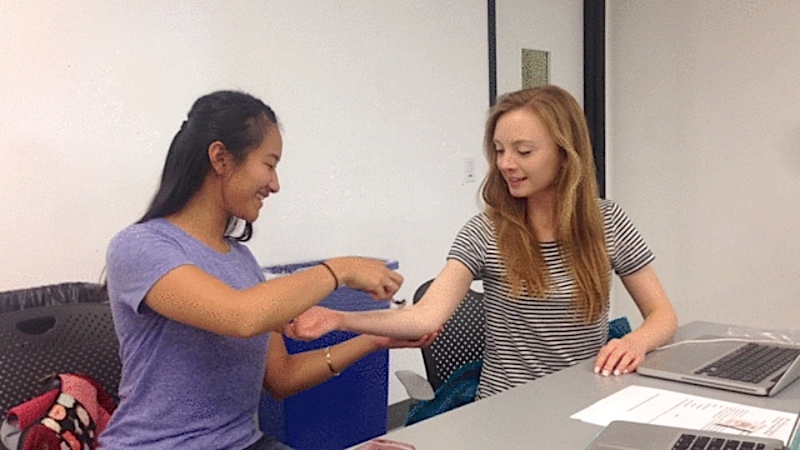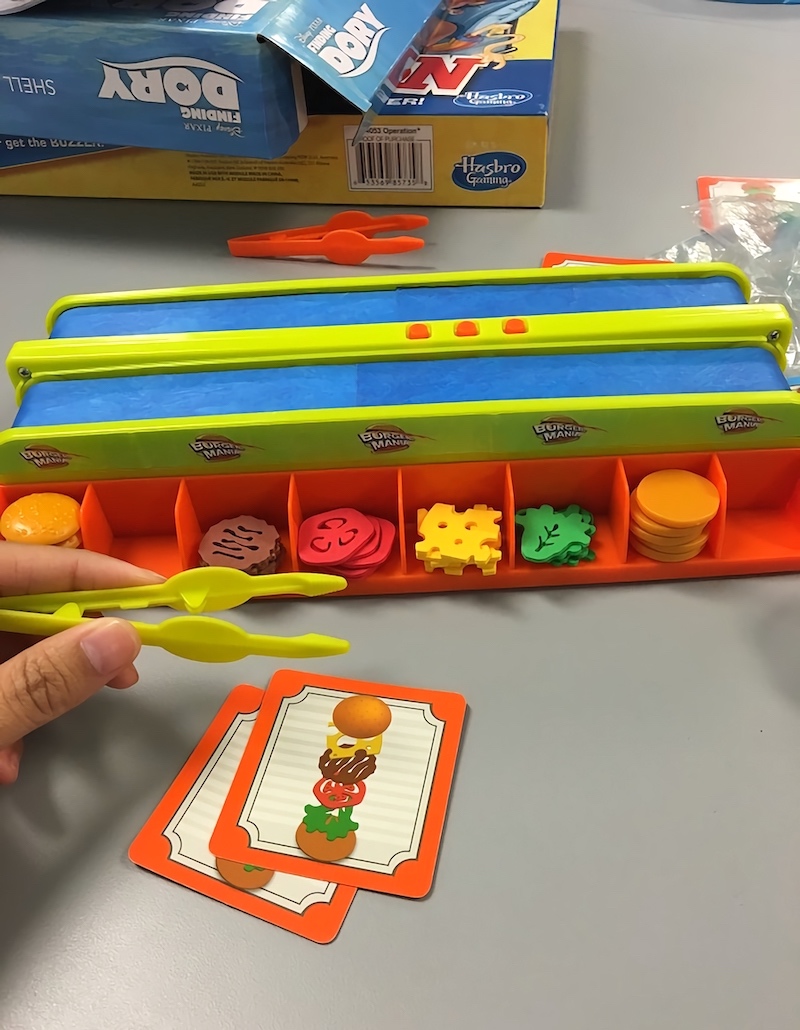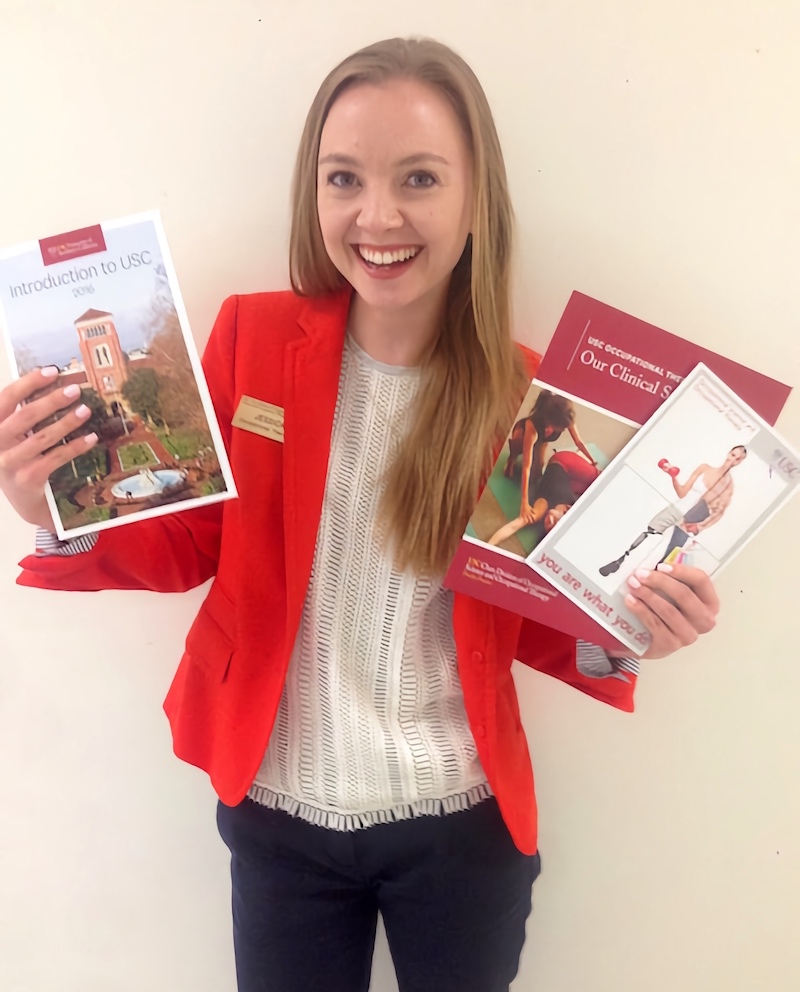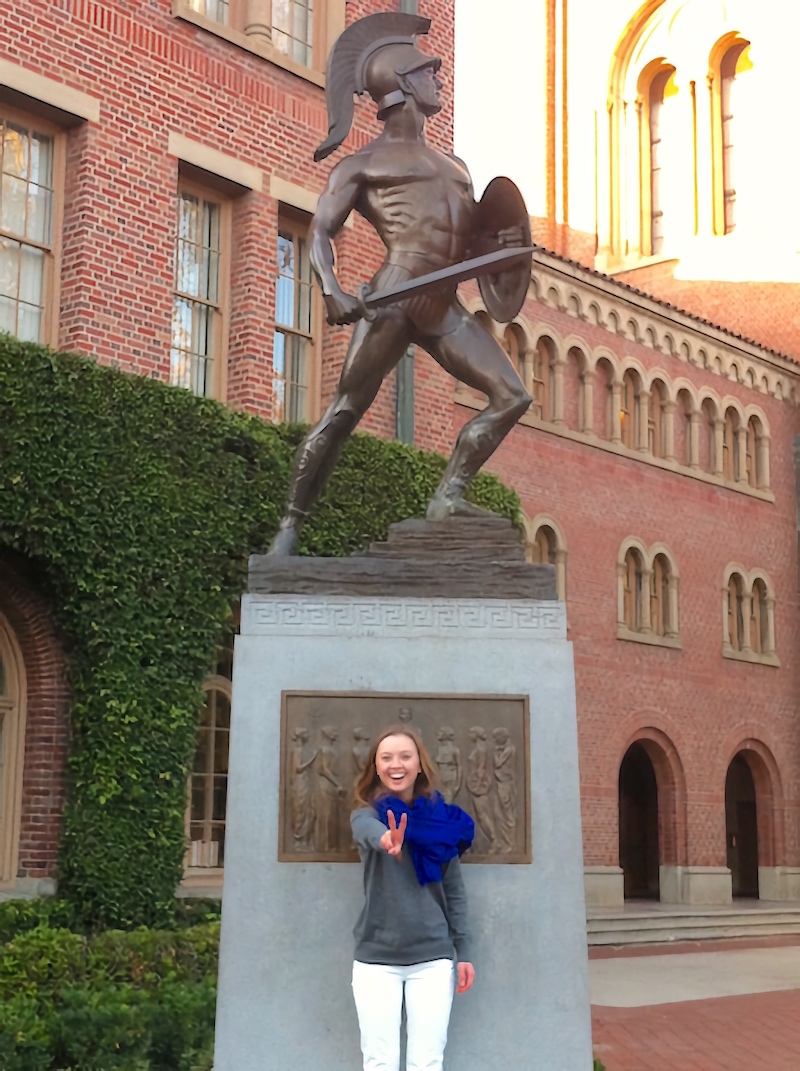Student Blog
What are OS/OT?

Be a Bookworm! ⟩
October 27, 2016, by Kimmy
School/Life Balance What are OS/OT?
One of my favorite occupations is reading. In my spare time, there are few things I find as comforting as curling up with a good non-textbook book in one hand and maybe a warm latte in the other. Keep on reading to hear about some of my recent reads with OT themes . . .
After completing the adult rehabilitation immersion, I found myself intrigued by first-hand accounts of people living with physical disabilities. During the summer, I read “Stroke of Insight” by Jill Bolte Taylor, whose story has now become a widely-viewed TED talk. As a neuroanatomist, Dr. Jill provides a unique perspective of her cognitive impairments in real time while she experiences a stroke herself. The book details the cerebrovascular accident itself, as well as her long path to recovery.
In addition to exploring non-fiction, I have become a fan of novels that capture the disability or different-ability experience. Jodi Picoult has been a long-time favorite of mine, as her books cover controversial and profound topics. She evidently devotes a great deal of effort to researching the conditions and situations presented in her novels. Her books have covered a range of illnesses and disabilities that OTs may be interested in, from pediatric leukemia and organ donation in My Sister’s Keeper, to osteogenesis imperfecta in Handle with Care, to Asperger’s Syndrome in House Rules. Similarly, Lisa Genova has found a niche within the disability fiction genre. So far, I have read Left Neglected, about the effects of a traumatic brain injury. I also read Love Anthony, which involves a story about autism, among other emotional themes. Both authors have discussed the extensive research necessary to accurately write about different conditions and the effects they may have.
One of my ultimate goals is to be a lifelong learner. I find reading to be one way to constantly continue learning — outside the classroom walls, beyond graduation. Both non-fiction and fiction books are capable of presenting disabilities and life circumstances through new perspectives. The more we consume the words of others, the better we are able to construct our own thoughts. The better we construct our thoughts, the more effectively we serve clients. I definitely believe the best way to open your mind is to open the cover and start flipping those pages!
⋯

Happy World OT Day! ⟩
October 27, 2016, by Alyssa
Videos What are OS/OT?
Greetings! Hola! Bonjour! Ciao! 你好! Today we locally, nationally, and internationally celebrate our wonderful profession and all of the work that we do! Fight on!
⋯

Can you feel it? ⟩
September 26, 2016, by JRoe
Classes What are OS/OT?
Hard to believe we are already entering week six and almost at the halfway mark! This semester has gone by so quickly! During this first half of the course, Adult Physical Rehabilitation, we have been learning about different assessments we may administer when we meet our clients. This past week, our focus was on sensation testing on the upper body. Sensation tests look to see if clients can feel things like touch, temperature, or pain on their skin. Without sensation, a person may be at an increased risk for injury, among other thing, and is very important to address. Clients who often have decreased sensation are ones who are recovering from a stroke or a spinal cord injury.
Our professors brought in all sorts of tools that could be used to test our clients’ sensation! One of the coolest tools was called a “pinwheel” and was used to test for pain. This test is commonly administered along the arm.

Another fun assessment to try out was the one used for stereognosis, which is what allows us to find objects with touch alone; the classic example being finding your car keys in your pocket or purse.

We also tested on each other for two-point discrimination, which measures how close two points can be to each other and still recognize them as separate points.

⋯

All fun and games ⟩
September 26, 2016, by Jessica
Classes What are OS/OT?
What I love most about pediatrics is that we often use play, a child’s main occupation, as a means and ends to help a child meet their developmental milestones. And really, who doesn’t love to play?
This past week in pediatrics lab we focus on fine motor coordination assessments and fine motor activities, which included getting to play with a ton of games that can be used to address fine motor coordination skills. Here are some photos of a couple games we played in lab and what they could be used for in practice.

Mr. Mouth game
Mr. Mouth is a game where the goal is to catapult as many flies into the frog’s mouth as possible, while the frog’s mouth is rotating in a circle. There was actually a pretty steep learning curve to this game — it took many missed attempts to figure out that you needed to use less force to get the fly into the frog’s mouth. It can be used to help a child work on isolated finger movement or grading force, which are both important pre-writing skills!

Burger Mania game
Burger Mania is a game where you compete against another person to create a mini burger on the mini conveyor belt before it falls off. You pick a card, and it tells you the type of burger you need to make. The conveyor belt continuously moves, and you have to use these tiny tongs to grab each burger component one at a time to place on the burger in the correct order. This game can be used to work on a child’s ability to use tools, which is also another important pre-writing skill. This game was actually pretty challenging, given the time and speed components. It would be important to keep in mind a child’s frustration tolerance when planning to use this game in therapy.
Overall, pediatrics has definitely helped me with my activity analysis skills. Now whenever I see board games and toys for kids, I can’t help but think about how it can be incorporated into OT practice. Stay tuned for more fine motor goodness in next week’s post!
⋯

Did you know?!? ⟩
September 14, 2016, by JRoe
What are OS/OT?
A unique aspect of the Chan Division of Occupational Science and Occupational Therapy is that we offer a minor in Occupational Science. I had the pleasure of speaking to undergraduate students this past week about our minor and master’s program and felt nostalgic about my days as an undergrad being back on the University Park Campus, or as it is commonly called, Main Campus.
I know what you might be wondering, “What is the difference between Occupational Science and Occupational Therapy?” A common question. OS is the science that informs the practice of OTs. What the undergraduate students learn in their classes is applied when OTs treat their clients. Fun fact of the day, USC is the birthplace of OS and one of the founders, Florence Clark, currently sits as our division chair.

Students who take the undergraduate classes come from all backgrounds and majors, and many of them have never heard of occupational therapy prior to enrolling in the class. I met students majoring in accounting, biochemistry, engineering, architecture; you name it, and I met them! I think the minor’s classes are an excellent introduction to what it means to be an OT and they are fun to be a part of thanks to their engaging professors and interesting topics, like exploring one’s own creativity and understanding how animal companions contribute to one’s health. I wish I took more advantage of these classes.

Fight On from Tommy Trojan!
⋯





